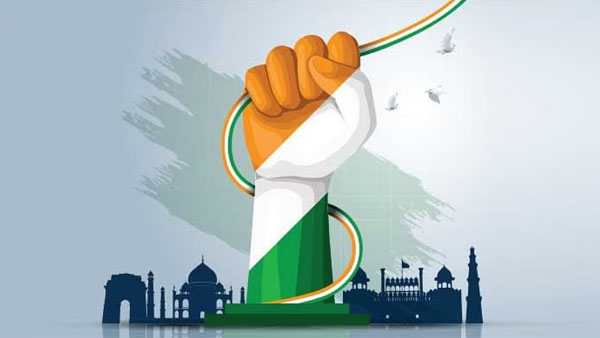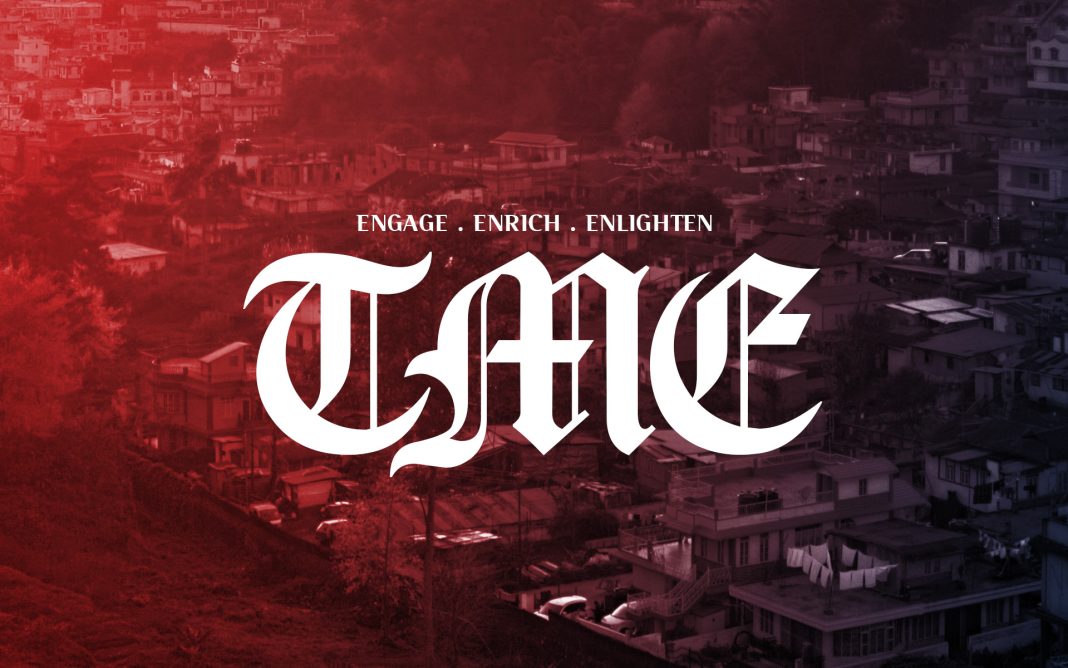By Dipak Kurmi
As India stands at the threshold of commemorating 75 years of its Republic, there is an undeniable sense of anticipation and reflection about the country’s future. While much has been achieved, the nation’s aspirations for social peace and harmony, forged in the fires of its struggle for independence, remain central to the collective hope of its citizens. The quest for unity, however, is inextricably linked to a recognition of the country’s diversity, and it is this unity, built upon respect for the myriad traditions and faiths that form the Indian mosaic, that holds the key to navigating both internal and external challenges.
The Indian Constitution, as the bedrock of the republic, articulated a vision of a nation where diversity is embraced rather than feared, where unity does not demand homogeneity but celebrates differences. The vision was clear: India was to be a nation where every citizen could feel a part of the larger whole, regardless of religion, language, or region. Deviation from this fundamental constitutional principle, especially in the face of rising social tensions, would not only undermine national cohesion but would also impede India’s capacity to address the complex and rapidly evolving strategic challenges it faces today.
Among the most pressing challenges is India’s relationship with its immediate and global neighbours, especially China. The geopolitical landscape in Asia is shifting in ways that are difficult to ignore. While the world has long recognized China as a formidable economic power, its growing military prowess and ambitious technological ambitions pose a multifaceted challenge to global stability.
The issue between India and China is not merely about territorial disputes, but about a broader contest for influence. In the summer of 2020, tensions along the Line of Actual Control (LAC) led to a significant deterioration in bilateral relations. However, the diplomatic channels remain open, as evidenced by the meeting between Prime Minister Narendra Modi and Chinese President Xi Jinping at the BRICS summit in October 2023, where both leaders emphasized the importance of a stable and amicable bilateral relationship. On the surface, this may appear as an effort to restore normalcy, but the underlying realities are more complicated.
China’s ambitions extend well beyond the realm of territorial control. Beijing has made it clear that it seeks a unipolar Asia, with itself at the helm. This geopolitical aspiration is underpinned not just by its economic rise and military modernization, but also by its aggressive foray into cutting-edge technological advancements. It is in the domain of science and technology, particularly in areas like artificial intelligence (AI), that the true scale of China’s ambitions becomes evident.
Apple’s CEO Tim Cook once remarked that China’s attraction for international companies was no longer due to low labor costs, but due to the country’s unparalleled expertise in advanced manufacturing and tooling. This shift from a low-cost labor economy to a high-skill, high-tech powerhouse has only accelerated in the years since Cook’s statement. China is not merely the factory of the world—it is rapidly evolving into a global leader in frontier technologies, particularly AI.
For much of the past decade, the conventional wisdom held that the United States excelled in “technical innovation,” while China was skilled at “application innovation.” In the field of AI, this meant that while U.S. companies pioneered breakthroughs in AI technologies, Chinese firms were often quicker to implement these innovations on a large scale. However, this dynamic is shifting. Chinese companies such as DeepSeek have now entered the realm of technical innovation, narrowing the gap with the U.S. in groundbreaking technological developments. In doing so, China is positioning itself as a serious competitor in the high-stakes global race to dominate AI, which is poised to redefine global power structures and reshape economies.
Against this backdrop, the question arises: Where does India stand in this rapidly evolving technological landscape? The country’s economic ascent—India is now the fifth-largest economy in the world—has not been accompanied by commensurate progress in science and technology (S&T). The gap in technological capabilities between India, the West, and China is widening. While India boasts a rich history of scientific and technological achievements, such as its ancient contributions to mathematics and astronomy, these historical glories, however important they are for national pride, do little to address the contemporary challenges posed by China or the technological advances reshaping the global order.
Jawaharlal Nehru, India’s first Prime Minister, understood the critical importance of scientific and industrial advancement. He recognized that the industrial revolutions in Europe had set the stage for the global domination of the West, leading to colonialism and the subjugation of vast parts of the world, including India. Nehru’s vision for India was clear: to achieve economic self-sufficiency and technological prowess through industrialization and innovation. His call for India to catch up in science and technology was not just about national pride; it was a strategic necessity.
Yet, as India celebrates its 75th year as a republic, it is clear that Nehru’s vision has not been fully realized. While India has made impressive strides in sectors like space exploration and information technology, its position in the cutting-edge domains of AI, quantum computing, and high-tech manufacturing is still far behind China and the United States. India’s scientific community, though talented and motivated, remains underfunded and often hampered by bureaucratic inefficiencies. Furthermore, the gap in technological capabilities is compounded by India’s limited ability to translate research and development into scalable industrial applications.
The path forward for India, then, lies in a deep and sustained commitment to advancing its capabilities in science and technology. India must not only focus on enhancing its innovation ecosystem but also on fostering a culture that encourages risk-taking, collaboration, and long-term thinking in the fields of research and development. The country must also prioritize education and the nurturing of human capital, ensuring that its future workforce is equipped with the skills necessary to thrive in a world driven by technological innovation.
At the same time, India’s strategy must extend beyond its borders. The growing influence of China in India’s immediate neighborhood and its increasing presence in regions like the Indian Ocean and South Asia are direct threats to India’s strategic interests. In this context, India’s foreign policy must be carefully calibrated to address these challenges, maintaining strong relationships with key allies while also engaging with China in a manner that protects India’s sovereignty and security.
This brings us to the crux of the matter: India’s future depends on its ability to unite its people in pursuit of a common vision. It is not enough to dwell on the wounds of the past or to seek solace in ancient glories. The focus must be on forging a cohesive national identity that is grounded in respect for diversity and inclusivity. Only through unity can India harness the collective will and strength to address the daunting challenges it faces, both from within and without.
In the coming years, India must evolve into a leader not just in geopolitics but in technological innovation as well. This will require a concerted effort across all sectors of society—government, industry, academia, and civil society—to build a resilient, forward-looking India that can meet the challenges of a rapidly changing world. The time has come for India to shed its inhibitions, embrace its potential, and step confidently into the future as a genuine pole in a multipolar world.
(the writer can be reached at dipakkurmiglpltd@gmail.com)




